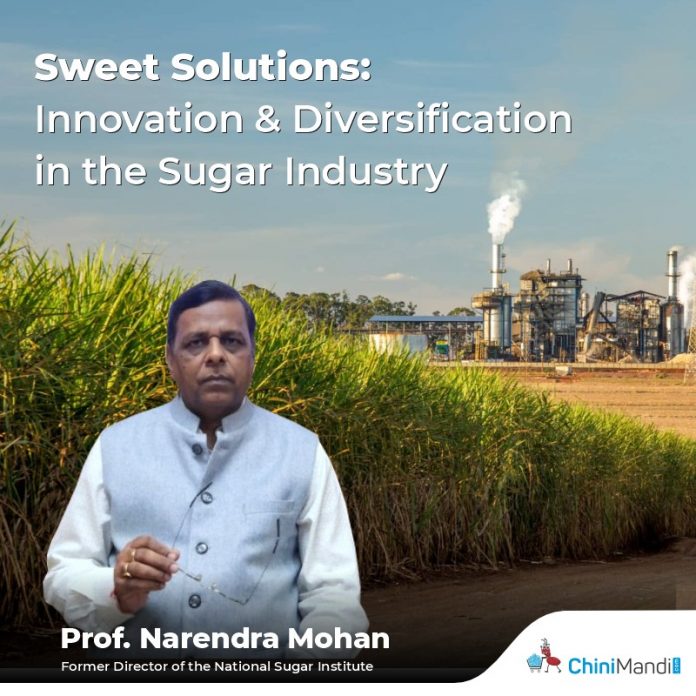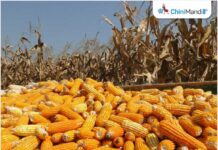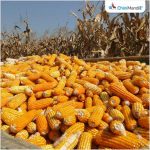It is not all about exploiting the entire sugarcane value chain for producing some or other product that has assured market and technology, but also to diversify for the production of many other products—niche products, which can ensure utilization of existing resources in a better way, bringing economic sustainability for the sugar industry in specific and environmental sustainability in general. Bagasse is one such by-product from the sugar industry, which apart from being a feed stock for producing green energy viz. bio-electricity, 2G ethanol & CBG, may find its application in many industries, viz. pulp & paper, chemical, nutraceutical, electronics, sweetener, food, green energy, furniture and many other, including production of compostable tableware or crockery said Prof. Narendra Mohan, Former Director, National Sugar Institute, Kanpur.
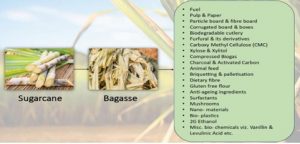
Bagasse may essentially be required as fuel to meet captive power requirements, or power exports under favourable conditions, but in this era when steam requirements in sugar factories have gone down by miles, resulting in savings of bagasse, a part of the bagasse saved after meeting essential requirements, may be utilized for the manufacture of various other value-added products. A number of products can be thought of, but for many of them, greater research is required, w.r.t. technology, cost of production, market competitiveness, market requirements and policies. However, some of the value-added products that appear to have no technological barriers, but have out of shelf technology & ready markets, can be considered. A sense of responsibility towards society and environment can make a huge difference and this approach would not only help the sugar industry at large, but would also encourage small, medium and micro-scale entrepreneurs to make a difference in society added Prof. Narendra Mohan.
The rising demand for paper & particle board and limited resources for meeting the requirement has led to exploitation of other alternatives for better environmental sustainability and well as cost efficacy. The global market for particle board witnessed moderate growth in the past couple of years. The rising demand for cheaper wood-based products for numerous end-use such as for application in construction, furniture, infrastructure, etc. has driven the demand for laminated and pre-laminated particle boards.
With great concerns of consumers towards the environment, there has been a shift in the use of disposables and non-plastic materials for packaging that are bio-degradable. This trend has led to an altogether different sector for the efficient utilization of bagasse. Present times have shown various manufacturers jumping into the production of disposables, tableware, bottling & packaging materials and the same is gaining tremendous market preference being 100% compostable.
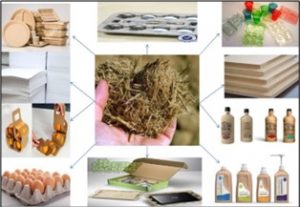
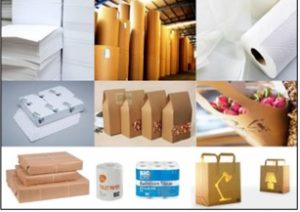
Such products find application in quick-service restaurants, schools, cinema halls, railway services and at many other places. As per market research, the Global Biodegradable Tableware Market was valued at $2,754.9 million in 2018 and is projected to reach $4,355.1 million by 2026, growing at a CAGR of 6.01% from 2019 to 2026.
Bagasse being a lignocellulosic material comprises mainly of cellulose, hemicellulose and lignin. While on the one hand, the cellulose and hemicellulose component of this by-product has the potential for production of dietary fibre, many value added bio-chemicals, bio-food, paper and particle board, paper etc., the lignin portion is often left unexplored and untouched. While cellulose and hemicellulose portion of bagasse are of great use for making different value-added products, the lignin portion of bagasse may also serve as a base for various high value chemicals. Studies and market survey have shown that lignin is the upcoming name which has huge potential for manufacture of numerous aromatics and different kind of polymers.
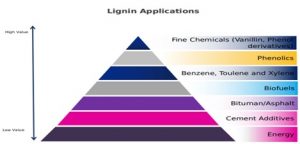
The market for lignin based high-value products is expected to grow at the rate of 3.42% during the period 2018-2023 from current 974.6 million, where it may form a major share in the cement industry as a cement additive. From a global perspective, Europe is expected to be the major market player for lignin-based products which at present accounts for about 34 % of the total market share.
Key attribute in taking the philosophy further is “Attitude”. Establishment of “Start Ups” and developing “Entrepreneurship” may be a solution for making this dream actually happen, stressed Prof. Mohan.

